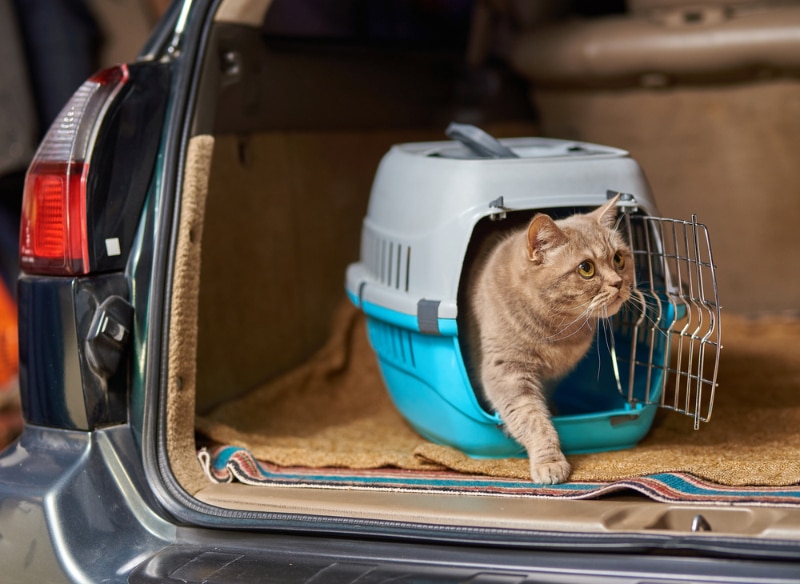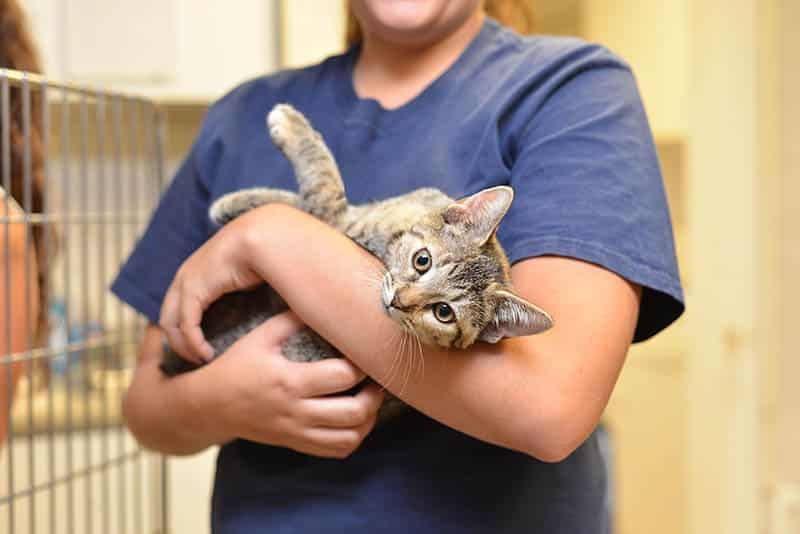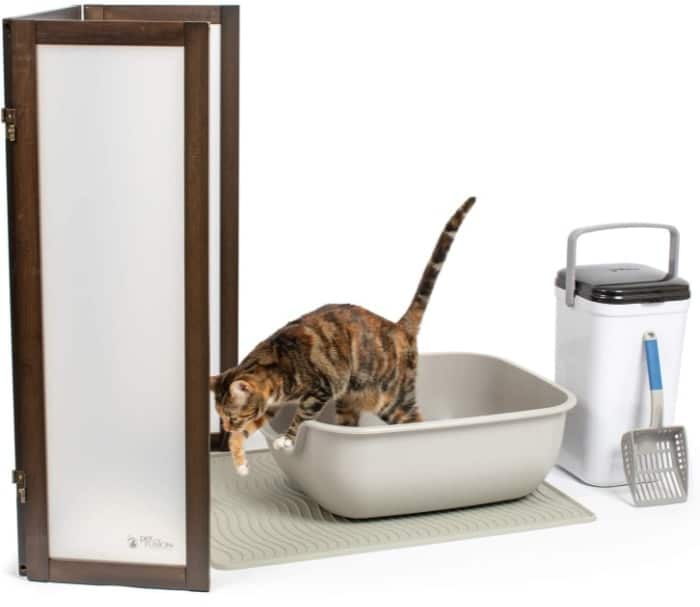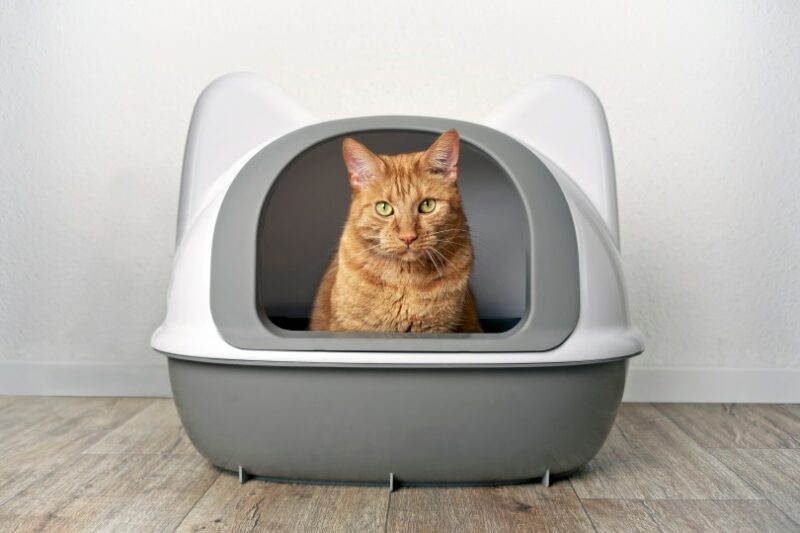Bringing an adult cat into your home can be a rewarding experience, but it can also bring its own sets of challenges and complications. In the end, though, it’s well worth it, which is why we developed this guide to help make the transition a bit easier for you and the cat.
It might take a bit of work at first, but you’re going to make a huge difference in the cat’s life and you get to enjoy a new feline friend. Talk about a win-win!

Ensuring You’re Ready to Adopt an Adult Cat
The last thing you want to do is bring home an adult cat only to realize you’re not ready to provide everything they require. Take the time to ensure you’re ready to care for a new cat both with your time and your finances. Don’t adopt a cat on a whim; give it some thought so you can make the next home for the cat their forever home! They’ve spent enough time in a shelter, so ensure that you are truly committed and can provide the best life possible for them.
You’ll want to take a look at the available space in your home, the way your other family members or pets will react to a new cat, your finances, and the amount of time you have available to spend with a new cat.

The 8 Tips for Adopting an Adult Cat
Adopting an adult cat can come with a few challenges, but with a bit of preparation, you can get yourself ready for them and help your cat have a successful transition into their new home. With that in mind, we’ve highlighted eight tips you should follow when adopting an adult cat.
1. Get Everything You Need Before Bringing the Cat Home
You want to bring your new cat home to an environment that has everything they need ready to go. That way, they can get right into adjusting to their new surroundings. If they don’t have what they need from the start, it can create avoidable problems.
So, what exactly should you buy? A cat carrier, food and water bowls, age-appropriate cat food, a cat bed, a cat tower, a litter box, cat litter, and potentially a collar with identification should get you started. (Even better than a collar is a microchip, which many adult cats will likely already have. Just make sure to update their chip number with your contact info!)

2. Consider Their Health
While the rescue or shelter you adopt your cat from will provide you with their medical history, you need to take their health seriously. Ensure that you carefully look over their medical records, that they are spayed/neutered, that they are microchipped as mentioned above, and that they don’t have any long-term ailments that you’re not willing to support. For example, if your cat has a condition that requires more frequent vet trips, specific food, medications, etc., then you must be willing to provide that care for the rest of their lives.
If you need to speak with a vet but can't get to one, head over to PangoVet. It's an online service where you can talk to a vet online and get the advice you need for your pet — all at an affordable price!

3. Give Them Time to Adjust
You’re taking a cat from their previous environment and introducing them to something completely new. You don’t know everything they’ve gone through, and they don’t know you at all. Just because your cat is having a rough few days doesn’t mean it isn’t a good fit, just give them a bit more time to adjust to their new surroundings.

4. Let Them Explore
Cats are naturally curious creatures and should enjoy getting to explore their new home. This will help them get comfortable with the new environment more quickly. You can set up a room of their own that they can retreat to in order to feel safe and introduce them to this area of their new home, first.
5. Use Pheromone Diffusers
This might seem like a small thing, but it can make a big difference for your cat. Diffusers can make use of natural pheromones to keep your cat calm and help them feel like they’re in a safe space. It’s not something you need to stick with forever but using them for the first few days or weeks can make a big difference in how they adjust.

6. Give Them Hiding Places
Everybody needs a space to get away when they’re feeling overwhelmed, and your cat is no exception. Give them plenty of hiding places where they can get away from everything if they need a break, and don’t start interrupting them when they’re using said hiding places! Let them decompress and come out when they’re ready.
7. Stick to a Routine
It’s best if your cat knows what to expect as soon as possible, and sticking to a routine can help with this. Feeding them at the same time each day, setting aside a specific time to play with them, and sticking to a regular work routine for when you’re out of the house will all help.

8. Spend Time Near Them
Your cat needs to spend some time with you to get comfortable with you. Don’t pressure them into spending time with you if they’re constantly running away and trying to hide, but make it a priority to get close to them if they let you. This will show them that you want to spend time with them and help them get comfortable with you.
If simply getting close to them isn’t working, do your best to find some toys they like and try to spend some time playing with them.
9. Offer Them Special Treats
The best way to a cat’s heart is often through their stomach, and while regular food will help, offering some special treats will really put you over the top. Find treats they like and then give them a few, and to help them trust you even more, make giving them a few treats a part of their regular routine. However, this doesn’t mean you should overdo it. Treats shouldn’t make up more than 10% of your cat’s diet, as a general rule of thumb.


Final Thoughts
Bringing an adult cat into your home can be one of the most rewarding experiences. Not only are you getting a pet that desperately deserves love and attention, but you’re completely transforming the life of a vulnerable animal.
Just keep in mind that you don’t know what they’ve been through, so give them some time and space. Before long, they’ll be coming to you to play games and cuddle!
Featured Image Credit: JW Design, Shutterstock


















